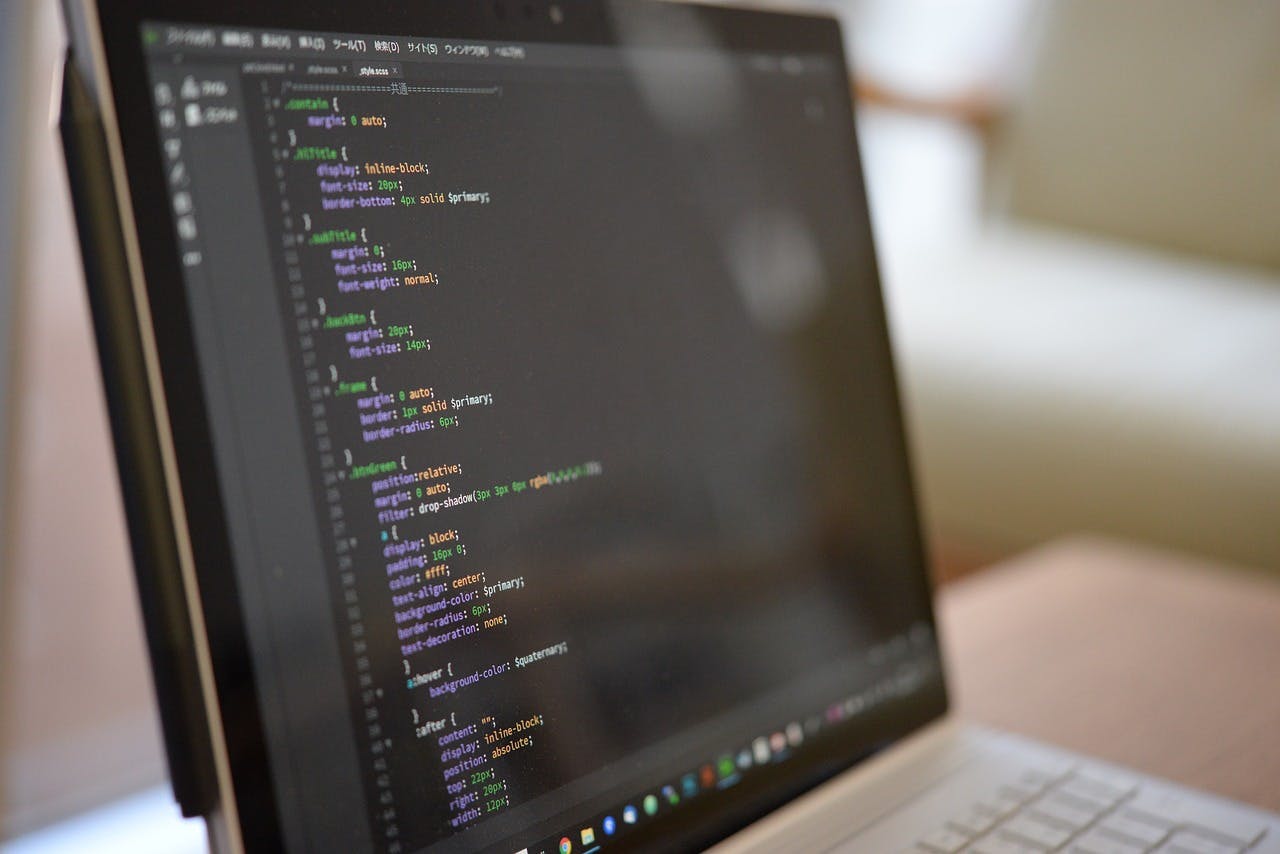CSS Fundamentals: A Beginner's Guide to Styling Web Pages

Cascading Style Sheets (CSS) is a crucial component of web development, responsible for the presentation and visual appearance of web pages. It allows you to style HTML elements, control their layout, and enhance the overall user experience.
What is CSS?
CSS stands for Cascading Style Sheets, a style sheet language used to style the appearance of web pages. It defines the visual aspects of HTML elements, such as colors, fonts, sizes, and positioning. CSS is a declarative language, meaning you declare the desired styles, and the browser interprets and applies them accordingly.
Why Use CSS?
CSS offers several advantages for web development:
Separation of Concerns: CSS separates the presentation (styling) from the content (HTML), making code more organized and maintainable.
Consistency: CSS allows you to apply consistent styles across multiple pages, ensuring a uniform look and feel for your website.
Responsiveness: CSS can be used to create responsive websites that adapt their layout to different screen sizes and devices.
CSS Selectors
CSS selectors are used to identify the HTML elements you want to style. There are three main types of selectors:
Element Selectors: These target all elements of a specific HTML tag, for example, p selects all paragraph elements.
Class Selectors: These target elements with a specific class attribute, for example, .my-class selects all elements with the class my-class.
ID Selectors: These target an element with a unique ID attribute, for example, #unique-id selects the element with the ID unique-id.
CSS Properties and Values
CSS properties define the stylistic aspects of an element, such as color, font, size, and positioning. Each property has a corresponding value that specifies the desired style. For instance, the color property can be set to red to make the text red.
CSS Syntax
CSS syntax consists of selectors, declarations, and blocks. A selector identifies the elements to be styled, declarations define the properties and values, and blocks group related declarations together.
Example:
p {
color: red;
font-size: 20px;
}
Use code with caution. Learn more This code selects all paragraph (p) elements and sets their text color to red (color: red) and font size to 20 pixels (font-size: 20px).
CSS Box Model
The CSS box model is a fundamental concept in CSS layout. It defines how an element's size is calculated and how its content, padding, border, and margin are positioned.
Content: The actual content of the element, such as text or images.
Padding: The transparent space between the content and the border.
Border: The decorative line surrounding the content and padding.
Margin: The transparent space outside the border.
CSS Layout
CSS layout techniques control the positioning of elements on a web page. Common layout methods include:
Normal Flow: Elements are positioned sequentially in the document flow.
Float: Elements float alongside the content flow, allowing for text wrapping.
Positioning: Elements are positioned absolutely or relatively, independent of the document flow.
Flexbox: A flexible layout system that distributes elements in a container.
CSS Grid: A grid-based layout system for more complex layouts.
CSS Resources
There are numerous resources available to learn CSS:
W3Schools: A comprehensive tutorial on CSS fundamentals.
MDN Web Docs: Mozilla's documentation on CSS concepts and properties.
CSS-Tricks: A popular website with CSS tutorials and articles.
CodePen: An online code editor for experimenting with CSS and sharing code snippets.
Conclusion
CSS is an essential tool for web development, enabling you to create visually appealing and responsive websites. With practice and exploration, you can master CSS and enhance your web development skills.